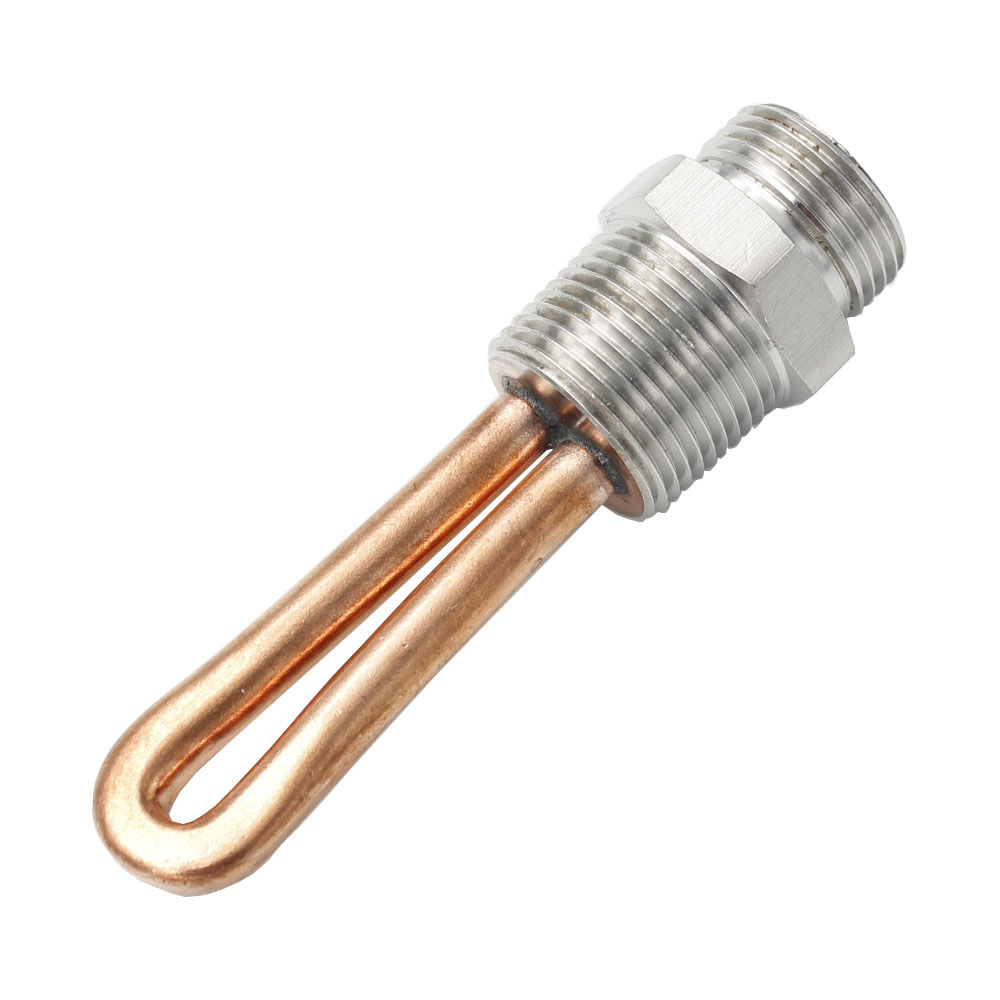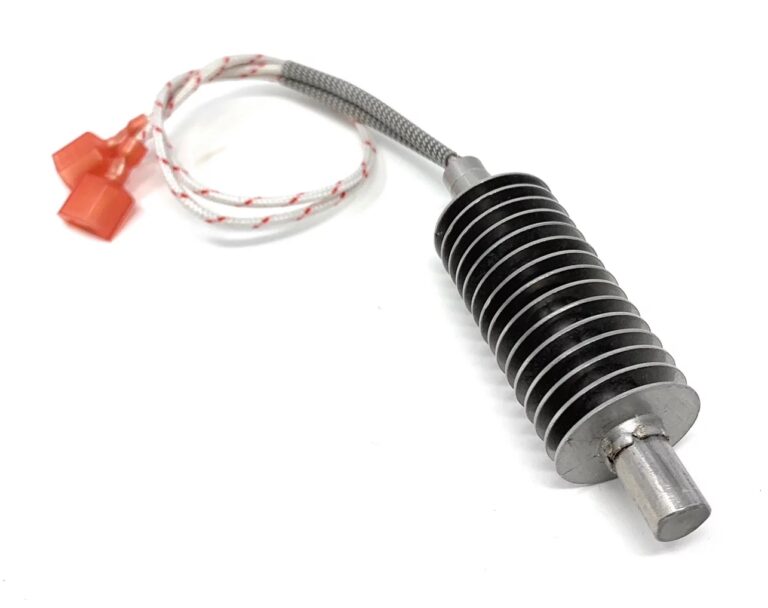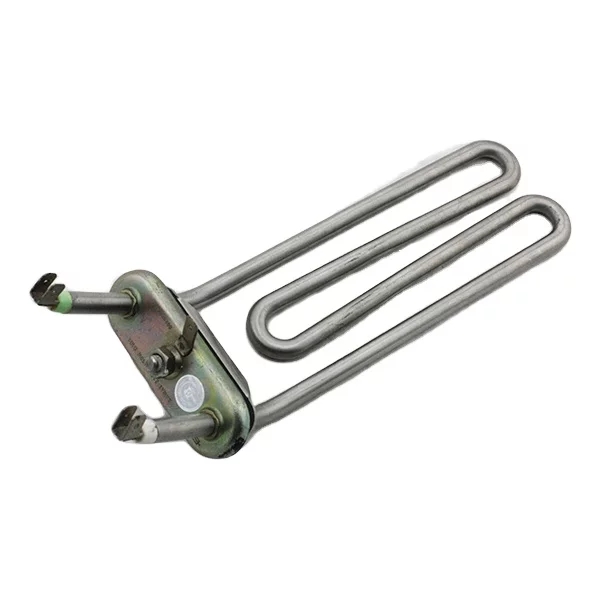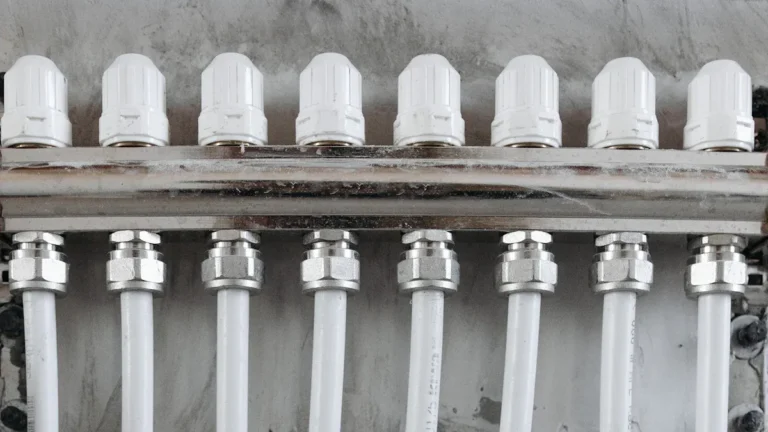W zimnym klimacie, the engine heater is the key equipment to ensure the smooth start of the vehicle. When the temperature plummets, the role of the engine heater is particularly important, it preheats the engine coolant, so that the engine reaches the ideal operating temperature when starting, thereby reducing wear and improving fuel efficiency. However, like any mechanical device, engine heaters can fail. Understanding how to eliminate these faults can not only help owners maintain the good performance of the vehicle in the cold winter, but also extend the service life of the engine.

This paper will introduce the basic principle of engine heater, common problems and their solutions in detail. With an in-depth understanding of these, car owners can better maintain and maintain their engine heaters, ensuring that the vehicle will operate reliably in all weather conditions. We will start with the most basic knowledge and gradually explore various potential faults and their corresponding troubleshooting methods. I hope this guide can provide practical help and guidance for the majority of car owners.
| Obowiązujące branże | Warsztaty naprawy maszyn, Zakład produkcyjny, Sprzedaż detaliczna, Energia & Górnictwo, Inny |
| Stan | Nowy |
| Typ | TUBULAR HEATER |
| Źródło prądu | Elektryczny |
| Miejsce pochodzenia | Chiny |
| – | Jiangsu |
| Nazwa handlowa | TZYL |
| Wymiar(L*W*H) | customized |
| Waga | 0.5KG |
| Napięcie | 120V |
| Gwarancja | 1 Rok |
| Working Temperature Range | 20℃ – 120℃ |
| Materiał | Stal nierdzewna |
| Kluczowe punkty sprzedaży | Łatwy w obsłudze |
| Gwarancja na podstawowe komponenty | 1 Rok |
| Podstawowe komponenty | Silnik |
How the engine heater works
An engine heater is a device that keeps the engine warm by heating the engine coolant. Its main purpose is to ensure that the engine can start smoothly in cold weather and avoid mechanical damage caused by low temperatures. Understanding how engine heaters work is crucial to identifying and solving related problems.
The engine heater is usually installed in the cooling circuit of the engine cooling system. When the heater is started, the electric heating element inside it begins to work, heating the coolant to the set temperature. The heated coolant flows through the engine through a circulating pump to keep the engine temperature within an ideal range.
This heating process not only helps reduce engine wear when starting up, but also improves fuel efficiency and reduces emissions. Especially in extremely cold conditions, the preheated engine can reach the operating temperature faster, thus improving the overall performance of the vehicle.
Understanding these fundamentals and key components can help owners and service technicians better identify and resolve possible engine heater failures. Na przykład, if you find it difficult to start the engine in cold weather, you may need to check that the electric heating element is working properly or that the circulation pump is operating efficiently.
Common faults and their causes
In the process of using the engine heater, there are often some failures, which not only affect the normal operation of the heater, but also may have a negative impact on the overall performance of the engine. The most common types of failure include heaters not working, poor heating, and power supply problems. Understanding the causes of these problems helps to troubleshoot quickly and improve the efficiency of engine heaters.
First, the heater does not work in the case of poor wire connection or heating element damage. When the wire joint is loose or broken, the current cannot pass through properly, causing the heater to fail to start. In addition, damage to the heating element itself will also cause the heater to fail to work, which requires replacement of the heating element to solve.
Secondly, the poor heating effect is usually related to insufficient coolant or scaling inside the heater. Insufficient coolant will lead to poor heating circulation, which will affect the heating effect. Regular checking and adding coolant to the appropriate level is an effective way to prevent such problems. In addition, after prolonged use, scale or impurities may accumulate inside the engine heater, hindering heat transfer. At this time, the heater needs to be cleaned and maintained to restore its normal function.
Finally, power problems can also cause the engine heater to not work properly. Na przykład, a low battery charge or a faulty power line can affect the power supply to the heater. Periodically checking the battery status and power lines to ensure that they are working properly can effectively prevent such failures.
Understanding these common failures and their causes helps to find problems in time and take appropriate measures to eliminate them, so as to ensure the normal operation of the engine heater and the efficient operation of the engine.
In the process of troubleshooting the engine heater, the first need to check the power connection. Whether the power cord and plug are normally connected directly affects the working state of the heater. Make sure the outlet is powered, and whether the power supply is powered is the first step in troubleshooting.
First, visually inspect the power cord and plug. Observe for obvious damage, loosening, or wear. If the power cord is damaged, it may cause the current to not be transmitted properly, thus affecting the function of the engine heater. In addition, the plug connection is not strong will also lead to intermittent power supply, affecting the normal operation of the heater.
Second, make sure the outlet is charged. You can test whether the outlet is powered by plugging in other electrical devices. If there is no power in the socket, you need to check the home’s circuit system to ensure that the power supply is normal.
Using a multimeter to measure voltage is a more accurate method. Set the multimeter to the appropriate voltage setting, insert the test probe into the socket, and observe the voltage reading on the display. Generally, the home voltage should be around 220 wolty (depending on the regional voltage standard). If the voltage reading is significantly lower than the standard value, it may be a power supply problem and you need to further check the circuit or contact an electrician for repair.
Through these steps, you can effectively troubleshoot the power connection problem and ensure the normal operation of the engine heater. If any abnormal situation is found during the inspection, repair or replace the relevant parts in time to avoid greater faults or safety risks.
Check heating element
If the power supply to the engine heater is normal, but the heater is still not working, a more in-depth inspection is required. At this point, we should focus on the heating element. During long-term use, the heating element may be damaged or burned for various reasons, which will affect the normal operation of the engine heater.
First, make sure the engine heater has been powered off and wait for it to cool completely. Then, remove the heater according to the manufacturer’s instructions. Be careful during disassembly to avoid damaging other components.
After removing the heater, use a multimeter to test the resistance value of the heating element. Under normal circumstances, the heating element should display a certain range of resistance values. If the multimeter displays a resistance value of infinity or close to zero, the heating element is damaged or burned out and needs to be replaced.
During the test, keep the probe of the multimeter in good contact with the heating element to ensure the accuracy of the measurement results. If you are unsure of the normal resistance range of the heating element, you can consult the heater’s user manual or consult the manufacturer.
If it is confirmed that the heating element is damaged, it is recommended to purchase a replacement part of the same model or compatible with the original model. When installing a new heating element, strictly follow the manufacturer’s instructions to ensure that all connections are secure and reliable to avoid further failure due to improper installation.
Through the above steps, you can effectively check and solve the problem of the heating element, so as to restore the normal operation of the engine heater. Be sure to pay attention to safety during operation to avoid any possible risk of electric shock or burn.
Check coolant levels
Checking coolant levels is an important step in the event of an engine heater failure. Coolant plays a key role in the operation of the engine, and any shortage may cause the heater to not work properly. First, ensure that the vehicle is in a flat position and that the engine is cooled to avoid burns. When checking coolant levels, refer to the specific instructions in the vehicle’s manual.
Open the hood and find the coolant reservoir. Zazwyczaj, the tank will have a clear “minimum” I “maksymalny” mark. The coolant level should be between these two marks. If the coolant is found to be below the minimum mark, the appropriate amount of coolant needs to be added. Do not use tap water or other non-specified liquids to replace the coolant; Use the coolant type recommended by the manufacturer.
Również, check the color and cleanliness of the coolant. Normal coolant should be transparent in color. If the coolant becomes cloudy or smelly, it may need to be replaced. Impurities in the coolant can affect the performance of the engine heater and even cause further mechanical damage. Before adding new coolant, ensure that there are no signs of leakage in the reservoir and related lines. Carefully inspect storage tanks, hoses, and joints for wet marks or coolant residue.
Regular inspection and maintenance of engine heaters is key to ensuring their long-term efficient operation. First of all, cleaning the power plug is a simple but important step. Since poor contact may cause the heater to not work properly, regular removal of dust and impurities on the plug can ensure the stable transmission of current.
Secondly, the coolant inspection is equally important. Engine heaters typically rely on the circulation of coolant to transfer heat, so keeping the coolant at the proper level and condition is critical. In each routine maintenance, check the level and quality of the coolant and replace it if necessary to prevent the performance of the heater from being affected by insufficient or deteriorating coolant.
The functional test of the heating element is also a part that cannot be ignored. Regular testing of the working state of the heating element can detect potential problems in time. The test method includes measuring the resistance value of the component using an electric meter to ensure that it is within the specification range. If an abnormal resistance value is found, the heating element may need to be replaced to avoid further damage.
Through these routine maintenance and maintenance measures, the service life of the engine heater can be significantly extended, ensuring its reliable performance in cold weather. Therefore, regular maintenance can not only save maintenance costs, but also lead to a better driving experience.
Wniosek
Understanding and mastering the troubleshooting method of the engine heater is essential to ensure the normal start-up and operation of the vehicle in cold climates. Engine heaters play a key role in cold weather by being able to warm up the engine, reduce wear and damage during start-up, and improve fuel efficiency. Through regular maintenance and timely resolution of problems, owners can avoid many unnecessary troubles and expenses.
First, regular inspection of the various components of the engine heater, including the power cord, heater body and control system, can detect potential problems in time. Na przykład, wear or poor contact of the power cord may cause the heater to not work properly, and failure of the control system may affect the heater’s starting and closing. Regular replacement of aging components can ensure the long-term stable operation of the engine heater.
Secondly, when the engine heater fails, the owner should first check the common problems, such as whether the power is connected, whether the fuse is burned out, itp. By gradually eliminating the possible causes of failure, the owner can quickly determine the problem and take appropriate measures. If necessary, seek the help of professional maintenance personnel to ensure that the problem is completely resolved.
Finally, proper use of engine heaters is also crucial. To avoid a long period of no use, the heater should be operated regularly to prevent the failure of internal parts due to long-term non-use. In addition, in extreme cold weather, preheating the engine in advance can effectively reduce the burden at start and extend the service life of the engine.
Hopefully, the guidance provided in this article will help readers better maintain and use their engine heaters. By mastering these troubleshooting methods and maintenance skills, the owner can not only ensure the smooth start and operation of the vehicle, but also effectively extend the service life of the engine and heater, avoiding unnecessary maintenance costs and troubles.




